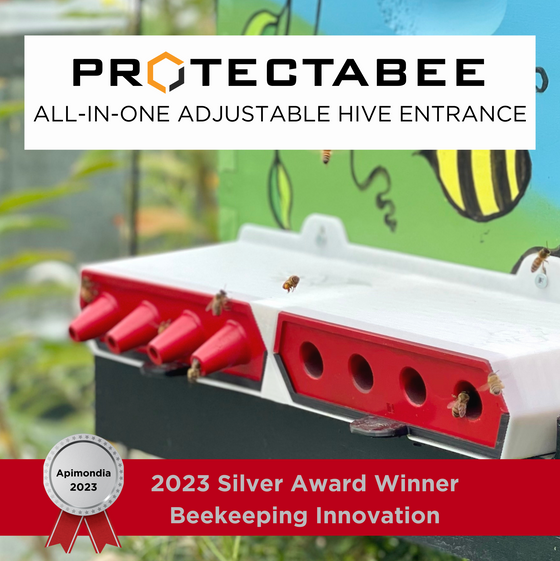Natural Sources of Oxalic and Formic Acid
—————
Oxalic Acid: This compound is abundant in nature, found in plants like spinach, rhubarb, and even honey. It’s not just a culinary ingredient; in the hive, it becomes a potent tool against varroa mites.
Formic Acid: Naturally occurring in honey bee colonies, formic acid is found in plants like stinging nettles and is even produced by ants. Its presence in nature makes it a familiar substance to bees, which helps minimize any negative impact on the hive.
Why These Acids Are Safe for Bees
—————
Both oxalic and formic acids naturally occur in the environment and within the hive. This natural presence ensures that these treatments do not introduce foreign or harmful substances to your bees when applied correctly. Additionally, neither acid leaves behind residues that could contaminate honey or wax, preserving the purity of your hive’s products.
There is discussion about strong concentrations of these harming bees or the queen. Still, much of this involves using the right concentration at the right temperature and following manufacture directions (see info below).




Leave a comment